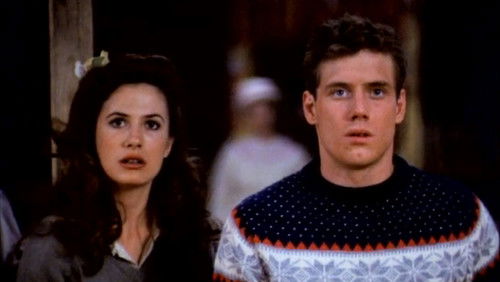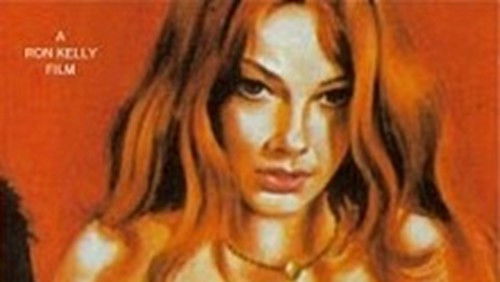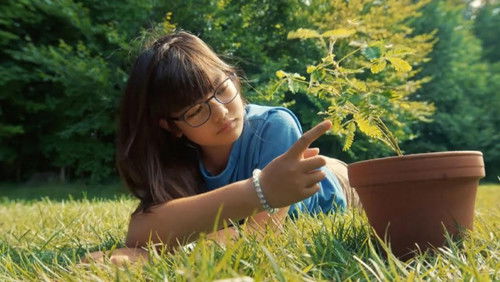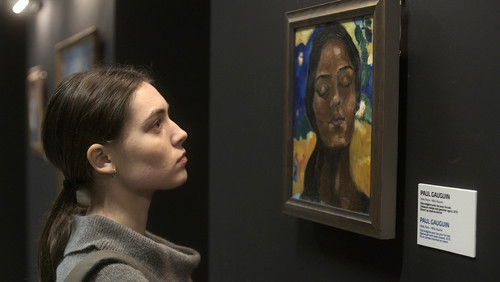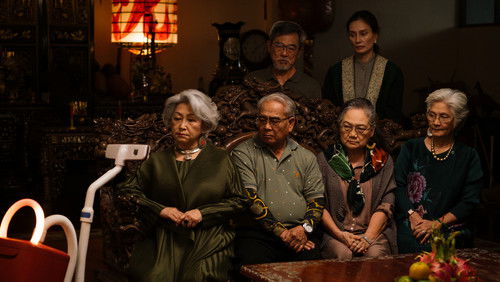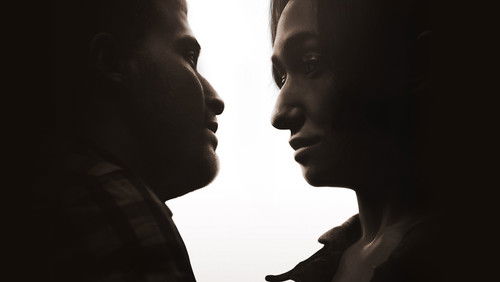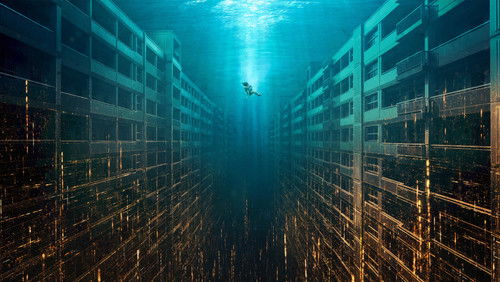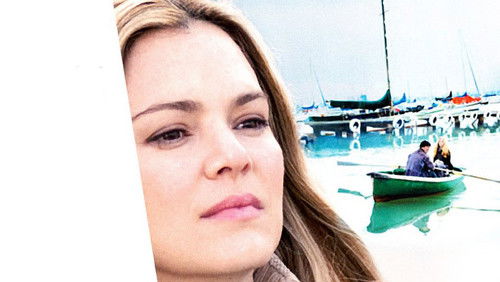Chûshingura (1958)
61KChûshingura: Directed by Kunio Watanabe. With Kazuo Hasegawa, Shintarô Katsu, Kôji Tsuruta, Raizô Ichikawa. Japan’s timeless tale of honor and revenge, the Loyal 47 Ronin is the true story of group of samurai who became ronin (masterless samurai) after their Lord was forced to commit seppuku (ritual suicide) for assaulting a court official, Kira Yoshinaka, who had insulted him. After patiently waiting and planning for over a year, they executed a daring assault on Lord Kira’s estate, and exacted their revenge, in the full knowledge that they would themselves be forced to commit seppuku to atone for their crime.
“THE LOYAL 47 RONIN (1958) is beautifully filmed, in color and widescreen, on lavish studio sets (both interiors and backlots) and boasts an all-star Japanese cast to once more tell the true story of the title characters and their long, patient wait in the first years of the 18th century to avenge their lord, who had been forced to commit seppuku after an argument with a vicious rival leads to violence in the Imperial Palace. The story has been filmed many times, including a two-part wartime version (THE 47 RONIN, 1941) by Kenji Mizoguchi and a three-and-a-half-hour epic by Hiroshi Inagaki, titled CHUSHINGURA, in 1962. This 1958 version, directed by Kunio Watanabe, is laid out carefully and concisely, keeping track of the many important characters and their various movements over the three years or so in which it takes place. Scenes are shot simply and elegantly, each conveying just enough information to keep you entranced and then cutting to the next element in the narrative at just the right time. Key scenes build slowly to an emotional pitch as we come to grasp what the characters are feeling while understanding the need for the loyal ronin to wait and bide their time until the moment is right.u003cbr/u003eu003cbr/u003eWhat impressed me right from the start was the way the script spelled out, in the opening 20 minutes, the escalating conflict between Lord Asano (Raizo Ichikawa) and Lord Kira (Osamu Takizawa) in the Imperial Palace at Edo so that I could understand exactly what issues were at stake as Kira, a highly placed nobleman, humiliates the more provincial Asano, who is being asked to host an event for an Imperial Envoy and needs some instruction in etiquette and protocol to avoid making mistakes. Asanou0026#39;s devoted retainers work furiously to prevent any embarrassing mishaps, often at the last minute, and succeed admirably until Kirau0026#39;s final provocation proves too much for the gentle, but high-strung Asano, who reacts with an act of violence that marks a grievous offense against the court. Asano is ordered by the Shogun to commit seppuku (ritual suicide); his grief-stricken retainers are even further outraged when they learn that Lord Kira will not be punished at all for his role in the incident. They want revenge, but must wait on the advice of Asanou0026#39;s chief counselor, Oishi Kuranosuke (Kazuo Hasegawa), who has petitioned the Shogun to allow Asanou0026#39;s younger brother to succeed him as Daimyo of Asanou0026#39;s property. Only when this petition has been denied can the men begin a plan of action and only then under great secrecy. During this whole period, the ordinary people of the country are eager to see Asanou0026#39;s men get revenge and are disgusted at their seeming reticence. Lord Kira himself is aware of the prevailing mood and hires extra security, especially after heu0026#39;s been moved by the Shogun to an estate two miles away from his palace, just so the Shogun wonu0026#39;t become embroiled in whatever action transpires. When the climactic raid finally occurs, on a winter night as the snow falls, it is quite magnificently staged amidst sprawling studio sets representing Kirau0026#39;s massive estate.u003cbr/u003eu003cbr/u003eThe acting is uniformly superb and includes some major screen talents in Japan. Raizo Ichikawa, who imbues Lord Asano with a deeply tragic quality, is best known in the west for playing Kyoshiro Nemuri in the u0026quot;Sleepy Eyes of Deathu0026quot; series. Shintaro Katsu, who plays Genzo, a heavy-drinking retainer, is better known for playing Zatoichi, the blind swordsman. Jun Tazaki, as the corrupt Lord Yanagizawa, is famous for his many roles in u0026quot;kaijuu0026quot; (monster) films, playing generals or scientists. Yakuza star Koji Tsuruta plays Okano, one of Asanou0026#39;s chief retainers, who sets up a trinket shop opposite Kirau0026#39;s estate in order to better lay the groundwork for the raid. Machiko Kyo, star of many Japanese classics (RASHOMON, UGETSU), plays the most layered female character in the film, a spy for the court, whose seat close to the action provokes a crisis of conscience. The lead actor, Kazuo Hasegawa, in the role of Oishi, was paired with Ms. Kyo in the groundbreaking color film, GATE OF HELL (1953).u003cbr/u003eu003cbr/u003eIu0026#39;ve seen Inagakiu0026#39;s version of this story, CHUSHINGURA, but only once many years ago and remember liking it a lot. I need to see it again to determine if itu0026#39;s as good as this one. I also need to see Mizoguchiu0026#39;s 1941 version and a much later film, SWORDS OF VENGEANCE: THE FALL OF AKO CASTLE (1978), by Kinji Fukasaku, which reportedly puts more of an emphasis on the action, thanks to the participation of Sonny Chiba as co-star and action choreographer. Thereu0026#39;s also a TV series from 1971 called u0026quot;Dai Chushingura,u0026quot; starring Toshiro Mifune, that I only recently learned about and Iu0026#39;d love to see that as well.u003cbr/u003eu003cbr/u003eI discovered this version simply by coming across it in the DVD section at Kinokuniya Books in Manhattan and buying it on the spot. (The DVD was released by AnimEigo.) I wondered why Iu0026#39;d never heard of it before. Given all the Japanese film festivals I went to in New York back in the 1970s and in the years since, why has this film never crossed my path? How many other great Japanese films like it are waiting to be discovered or rediscovered? This is also the first film Iu0026#39;ve ever seen by Kunio Watanabe. Remarkably, it was one of seven films he directed for release in 1958.u003cbr/u003eu003cbr/u003eThis is one of a number of lesser-known Japanese color films from the 1950s that Iu0026#39;ve been gradually acquiring and seeing, in addition to collecting the more well-known ones (GATE OF HELL, the SAMURAI Trilogy, RODAN, THE MYSTERIANS, OHAYO, etc.). I have previously reviewed three other Japanese color films from the u0026#39;50s on IMDb: CARMEN COMES HOME (1951), JANKEN MUSUME (1955) and THUS ANOTHER DAY (1959), and I hope to do more.”

